Showing 91–100 of 384 results

Wide in content like an encyclopaedia, it covers everything about gold right from its physical and chemical properties, uses, history, birth inside the earth, the searching methods, exploration, mining, extraction, worldwide occurrences, world production, stockpiles, trade, marketing in the past, present and future, and usage as jewellery.
Gold has made a strong inroad into the human consciousness from time immemorial and we find its presence in the Indian Puranas, the Bible, the Koran and in many a religion including Sikhism. Being in human memory from 40000 BCE, it fascinated the Egyptians in constructing sacred gold artefacts, prompted Alexander the Great for gold coinage resulting into numerous invasions, inspired the Romans to mint gold coins, made Queen Cleopatra to wear gold facial foils to enhance her charm and decoratively covered many domes palaces and place of worship, including the Golden Temple, the citadel of Sikh faith and philosophy, and thus gold has maintained the most sought-after status among all precious metals. As jewellery, it is the quintessential part of the Indian psyche. It has survived all odds and is going strong even during the present economic turmoil. The book covers everything about gold right from its physical and chemical properties, uses, history, birth inside the earth, the searching methods, exploration, mining, extraction, worldwide occurrences from continent to continent, country to country and mine to mine, world production, stockpiles, trade, marketing in the past, present and future, and usage as jewellery. Like an encyclopaedia, this book describes everything about gold. This data-rich coffee table book is the first of its kind and is a sure hit with any avid reader of exploration, mining, geology and general knowledge.
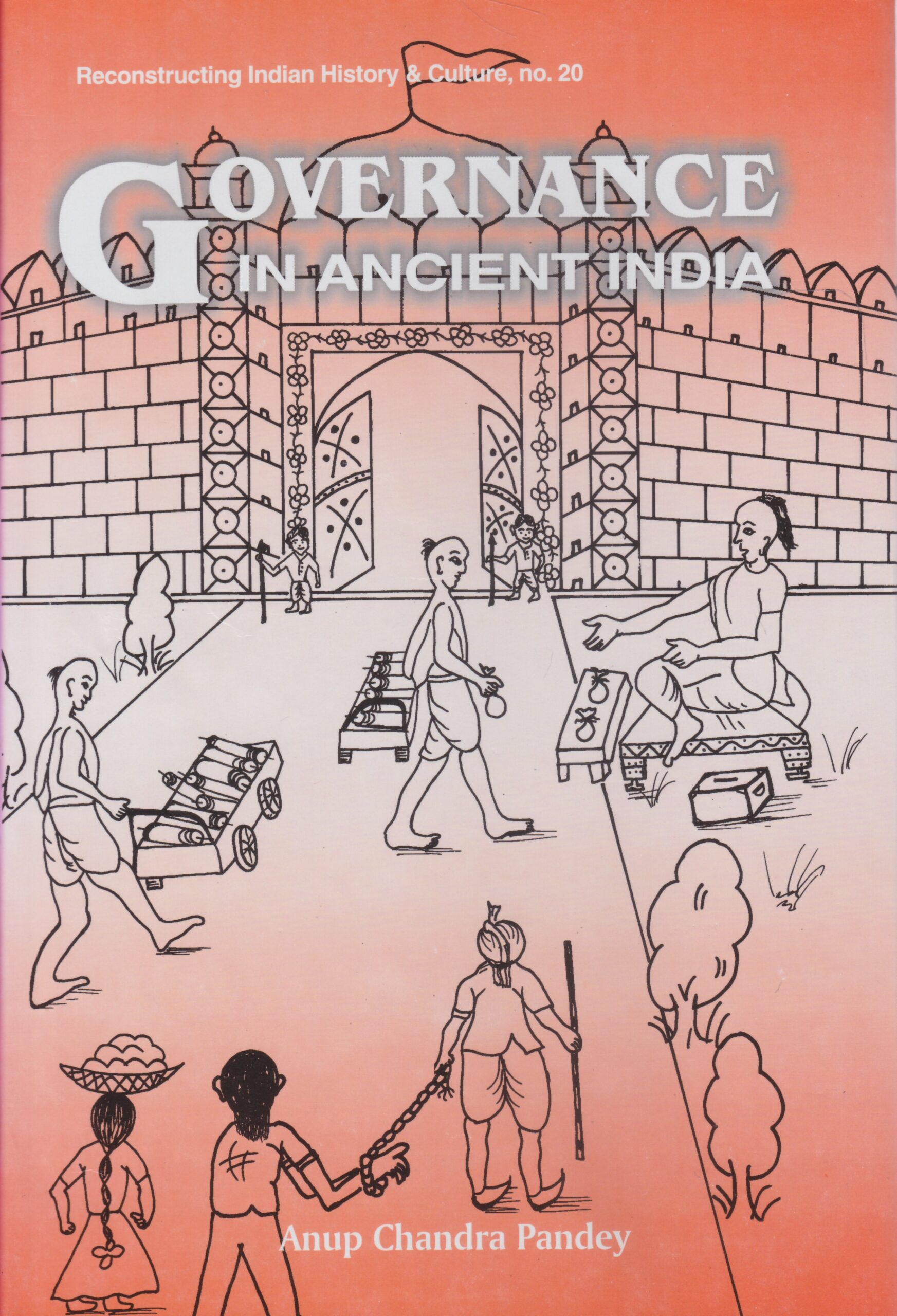
The research examines the nature, development and function of the civil service in ancient India. It explains the ancient perceptions of good and ethical governance study literary, inscriptional and numismatic evidence.
From the Vedas to Sutra and Smriti texts, from the time honoured epics to the foreigners travelogues and literary classics leave alone Kautilyas far-famed Arthashastra and other treatises of its genre, ancient Indian literature carries myriad references, bearing out not just the principles, philosophy and mechanisms of good governance, but the existence of a well-organised, hierarchical civil service as well. Yet Dr. Pandeys happens to be the first ever research effort to consider governance/civil service in ancient India: in all its different manifestations. Covering a vast time-span: from the Vedic times to about the seventh century ad, Anup Pandeys research explores the evolution, nature, scope, functions, importance, and other kindered aspects of the ancient Indian civil service with meticulous description of its varying contours during the reigns of the Mauryas, Indo-Greeks, Shakas, Pahlavas, Kushanas, Imperial Guptas, and Harshavardhana. Also, the book tries to unveil the ancient Indian politys perceptions/norms/modes of good, ethical governance, largely on the basis of sacred works, like the Ramayana and the Mahabharata. Together with inscriptional and numismatic evidence, the author has marshalled an astonishing mass of literary sources to show, beside a lot else, how an efficient civil service in ancient India was viewed as an imperative for the vitality of the state; and why, therefore, high-ranking functionaries/bureaucrats, entrusted with legislative, executive, financial and the like offices, or with policing and military duties, were often scrupulously chosen from among the politys best talent. Invaluable to the scholars of anceint Indian history, political science and government.
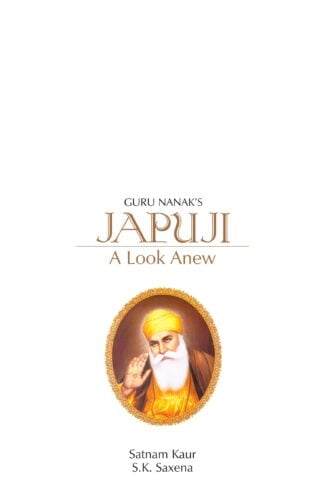
Japuji, Guru Nanak’s seminal work, also a daily prayer book, is the quintessence of his teaching. This book also attempts to explain the order of Guru’s prolific utterances, be they invocatory or just eulogistic. It has the Mul Mantra well interpreted. It also has the entire text of Japuji in Punjabi and Devnagari with Roman transliteration.
The ultimate reality, God or Brahman, may well be said to outstrip the reach of thought; but if we do not try, as thoughtfully as we possibly can, to get at what Guru Nanak really says in this seminal work Japuji a daily prayer book Þ how will we be able to benefit from his teaching, as he surely wanted fervently? In the entire history of mankind very few men have been so acutely sensitive to our multifarious suffering, and so keen to show us the way to transcend it for good, as Guru Nanak was. This makes the authors approach this holy work in a new perspective.
This volume tries to interpret Mul Mantra in such a way that the celestial attributes listed in it come to be interrelated, as they must be taken to be. It also attempts wherever possible to explain the order of Guru’s prolific utterances, be they invocatory or just eulogistic. However ebullient the Guru’s utterances may seem to be, they are always significant vehicles of some profound meaning; and also warranted by the running context.
Guru Nanak’s Japuji is a great work, yet this volume is expected to do some good to every thoughtful reader. At the end, the entire text of Japuji in Punjabi, Devnagari with Roman transliteration is given, making the text accessible to the masses who live outside India and need this prayer to be read in English.

Japuji, Guru Nanak’s seminal work, also a daily prayer book, is the quintessence of his teaching. This book also attempts to explain the order of Guru’s prolific utterances, be they invocatory or just eulogistic. It has the Mul Mantra well interpreted. It also has the entire text of Japuji in Punjabi and Devnagari with Roman transliteration.
The ultimate reality, God or Brahman, may well be said to outstrip the reach of thought; but if we do not try, as thoughtfully as we possibly can, to get at what Guru Nanak really says in this seminal work Japuji a daily prayer book Þ how will we be able to benefit from his teaching, as he surely wanted fervently? In the entire history of mankind very few men have been so acutely sensitive to our multifarious suffering, and so keen to show us the way to transcend it for good, as Guru Nanak was. This makes the authors approach this holy work in a new perspective.
This volume tries to interpret Mul Mantra in such a way that the celestial attributes listed in it come to be interrelated, as they must be taken to be. It also attempts wherever possible to explain the order of Guru’s prolific utterances, be they invocatory or just eulogistic. However ebullient the Guru’s utterances may seem to be, they are always significant vehicles of some profound meaning; and also warranted by the running context.
Guru Nanak’s Japuji is a great work, yet this volume is expected to do some good to every thoughtful reader. At the end, the entire text of Japuji in Punjabi, Devnagari with Roman transliteration is given, making the text accessible to the masses who live outside India and need this prayer to be read in English.

The book, examines the relevance attached to the institution of the guru with special reference to the religions and philosophies of India and explores the nature and function of the guru figure and the master-disciple interaction in the religious traditions of the world. It throws light on the link between overcoming fear, ritual death and immortality, and the guru figure in Indian traditions. The book will interest scholars of religion and philosophy particularly those studying Hindu and Buddhist religious-spiritual traditions.
The book, containing papers presented at a conference held in Venice, Italy, examines the relevance attached to the institution of the guru with special reference to the religions and philosophies of India. It explores the nature and function of the guru figure and the master-disciple interaction in religious traditions of the world including those of Hinduism, Buddhism, ancient Greek, Judaism, Islam, Christianity, Confucianism and native American traditions. It delves into the dynamics of the gurus influence and guru-disciple interaction that involves two aspects of power spiritual power and the very worldly socio-political and economic interests. It deals with characteristics and charisma associated with the figure of the spiritual master, his authority, pupils devotion for him, trials for a pupil, motivations of a guru, pandita as guru and recognition of the true master. It scrutinizes the difference in the Eastern and Western traditions vis-a-vis the guru-disciple relationship referring to a variety of sects, thinkers and works: the Mahabharata, Sufism, tantric traditions, Theravada and Vajrayana Buddhism, and the guruvada among Bauls of Bengal. The study meticulously unravels certain fundamental questions like sources of legitimation of religious authority within a religious-spiritual tradition. It throws light on the link between overcoming fear, ritual death and immortality, and the guru figure in Indian traditions. The book will interest scholars of religion and philosophy particularly those studying Hindu and Buddhist religious-spiritual traditions.
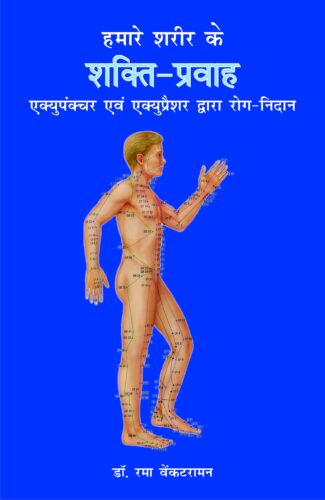
The book speaks about the usefulness and advantages of acupuncture and acupressure therapies. It also attempts to understand the concept of kundalini energy and its association with acupressure.
The Energy Pathways in our Body
Acupuncture and acupressure are drugless therapies that are safe, simple, economical and yet very effective for treatment and prevention of a range of common diseases and ailments. The volume is an attempt to understand acupuncture: its effects and the theory of yin and yang that forms the basis of acupuncture. It examines the causes of diseases and functioning of organs of the body. It discusses the nature of the acupuncture points present in the 14 channels and the way the activation of these points helps in treatment of various disorders in the body. With numerous drawings depicting the various body parts and acupuncture points, it deals with the specific acupuncture points for treating specific tissues. It also notes the symptoms of diseases of different organs.
The book details the advantages of the ancient therapy of acupuncture, especially as it doesn’t have side-effects and can be followed along with other modes of treatment like homoeopathy. There is also an attempt to understand the concept of kundalini energy and its association with acupressure. A list of important instructions for the acupuncture practitioners explains the correct procedures of applying pressure at points. A chapter on case histories mentions successful treatment given to patients with a range of ailments.
The book will be useful to scholars and students of medical science in general but particularly those interested in alternative medicines and medical therapies.
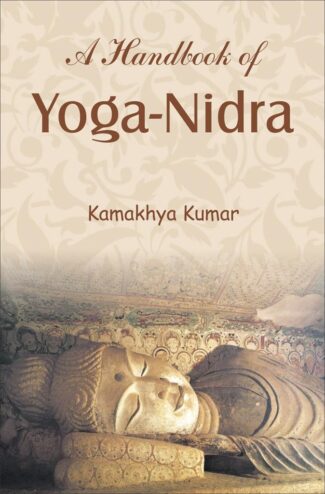
Mental imbalances due to psychological crises are the root cause of many physical and mental diseases. Yoga-nidra is the best therapy to induce complete physical, mental and emotional relaxation. It stimulates sleep in insomniacs and has come very effective in treating pain, neurosis and even disability.
The psychological crisis of this age is one of the severest challenges that human race has ever faced. Mental imbalances and their manifestations in the form of psychosomatic diseases pose serious health threat. To address this challenge, Indian yogis have found a wonderful relaxation technique yoga-nidra. They were fully aware that the inner tensions or imbalances of an individual can be best dealt with inner peace. The yogic texts unequivocally emphasize that peace can only be found within.
This volume deals with varied aspects of yoga-nidra and delves deep into its relationship with the stages of sleep, dream and samadhi. It highlights the topic in such a way that among the numerous relaxation therapies, yoga-nidrà is the best to induce complete physical, mental and emotional relaxation. It peels off the subliminal sheath of conscious mind that covers the inner core of the unconscious mind. Yoga-nidra is a state between sleep and samadhi, a half-sleep, a half-waking state. It removes fluctuations from all planes of mind. It helps insomniacs by stimulating sleep. This title underlines the regular usage of yoga-nidra in treating pain, neurosis and even disability. It also provides the practical utility of yoga-nidra with lots of evidences on the basis of experimental studies. Their references are well mentioned into it, which will help the scholars in their further studies and research.
This book should benefit the patients of insomnia, psychiatrists and all those who want to dwell in the bosom of mental peace, and those who are determined to experience the higher levels of meditation.

Mental imbalances due to psychological crises are the root cause of many physical and mental diseases. Yoga-nidra is the best therapy to induce complete physical, mental and emotional relaxation. It stimulates sleep in insomniacs and has come very effective in treating pain, neurosis and even disability.
The psychological crisis of this age is one of the severest challenges that human race has ever faced. Mental imbalances and their manifestations in the form of psychosomatic diseases pose serious health threat. To address this challenge, Indian yogis have found a wonderful relaxation technique yoga-nidra. They were fully aware that the inner tensions or imbalances of an individual can be best dealt with inner peace. The yogic texts unequivocally emphasize that peace can only be found within.
This volume deals with varied aspects of yoga-nidra and delves deep into its relationship with the stages of sleep, dream and samadhi. It highlights the topic in such a way that among the numerous relaxation therapies, yoga-nidrà is the best to induce complete physical, mental and emotional relaxation. It peels off the subliminal sheath of conscious mind that covers the inner core of the unconscious mind. Yoga-nidra is a state between sleep and samadhi, a half-sleep, a half-waking state. It removes fluctuations from all planes of mind. It helps insomniacs by stimulating sleep. This title underlines the regular usage of yoga-nidra in treating pain, neurosis and even disability. It also provides the practical utility of yoga-nidra with lots of evidences on the basis of experimental studies. Their references are well mentioned into it, which will help the scholars in their further studies and research.
This book should benefit the patients of insomnia, psychiatrists and all those who want to dwell in the bosom of mental peace, and those who are determined to experience the higher levels of meditation.
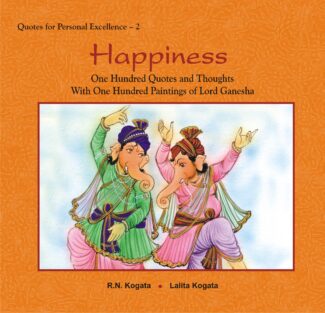
Happiness is a feeling of joy, satisfaction, peace of mind, contentment and equanimity. It is distinctly different from pleasure. Through 100 quotes, this book meaningfully and vividly delves deep into the varied aspects and means of happiness. Each quote has a stimulating painting of Lord Ganesha, the Lord of Peace, Prosperity and Wisdom, corresponding the theme.
The authors, through 100 quotes, meaningfully and vividly delve deep into varied aspects and means of happiness. Each quote has a stimulating painting of Lord Ganesha, the Lord of Peace, Prosperity and Wisdom, representing its theme. While many of these thought-provoking and enlightening quotes are from highly reputed global personalities, some are the own creations of the authors.
Happiness, the ultimate purpose in one’s life, is a feeling of joy, satisfaction, peace of mind, contentment and equanimity. It is distinctly different from pleasure, which is shortlived. Happiness comes through correct means dutifulness, integrity, purity of thoughts, righteousness and virtue. It is abliss and cannot be achieved by wrong means. Happiness always rebounds on the giver. To remain in this realm one should follow some simple rules. This book is an earnest attempts to put up those simple fundamentals.

The book offers a systematic and complete account of the names and character of Hindu deities and their relationship with one another. Based on authoritative sources, it classifies the deities and explains their origin, function and worship supported by well-drawn illustrations.
Hindu mythology is a fascinating world of legends and stories centred around a sophisticated structure and hierarchy of deities and their worship. The many gods and goddesses, depicted in myriad forms in art and literature, constitute a sacred and complex subject of interesting study. The book, Hindu Mythology attempts to offer a systematic and complete account of the names and character of the deities of Hinduism and their relationship with one another. The book, typed afresh, studies the main attributes of the deities and recounts myths associated with their origin, nature, function and worship. For the purpose, the deities are classified into the major deities of the Vedic Age and those of the Puranic Age, and the inferior deities which include demigods, sacred plants, animals and birds, supernatural beings and minor deities like Sitala and Manasa. Based on authoritative sources, the reliable accounts are supported by well-drawn illustrations of the deities that add to the appeal of the work. The work involves clear explanation of terms and concepts in a fluent language. The volume will prove to be an interesting reference work for scholars and students of Hindu mythology and will attract general readers keen to acquire information on the subject.
| There are no products |